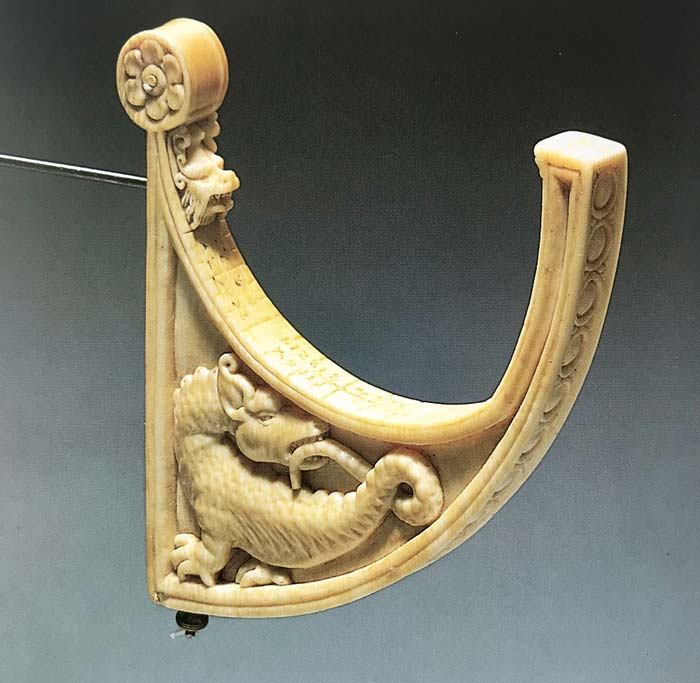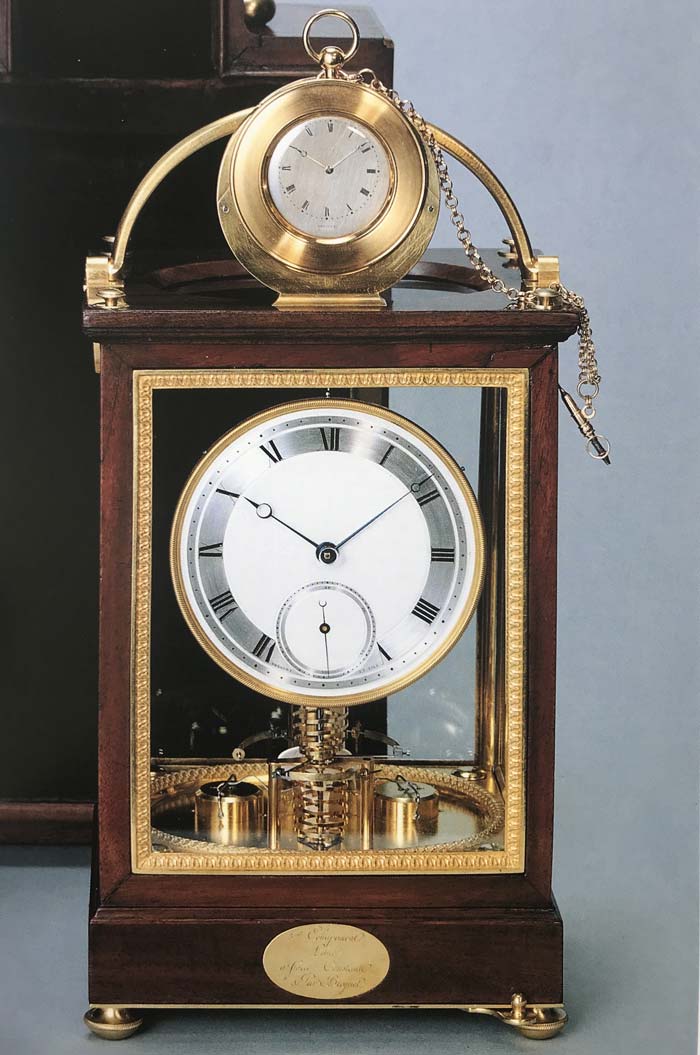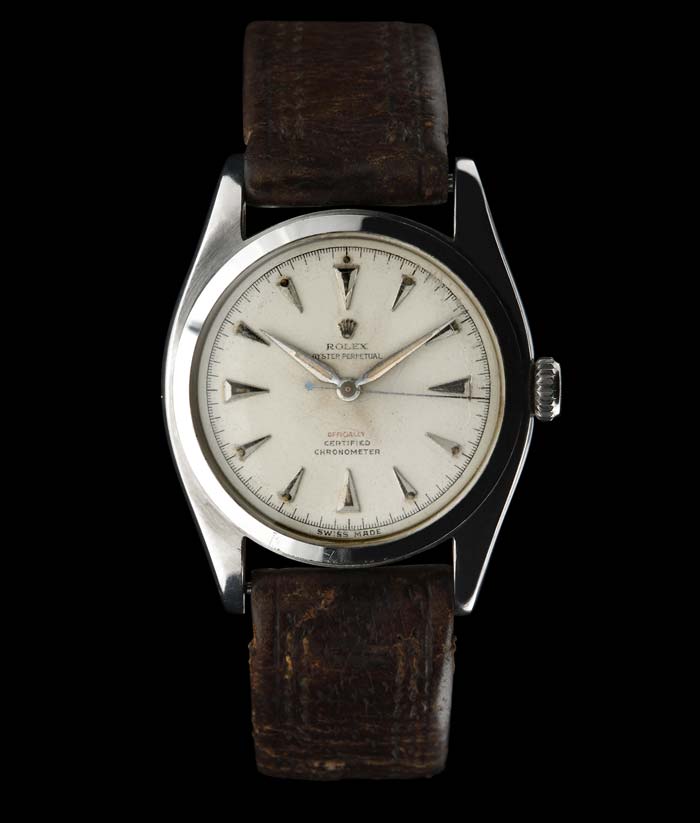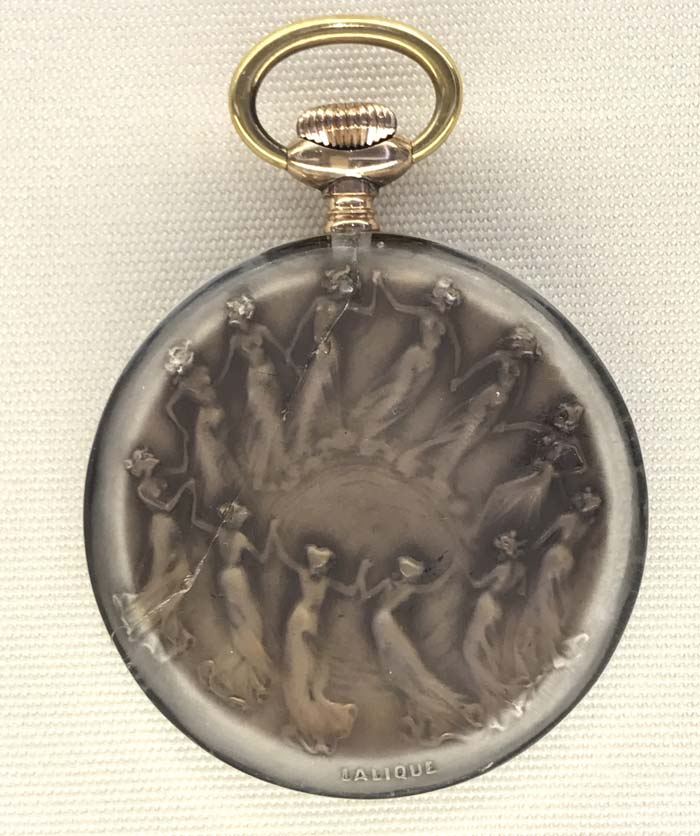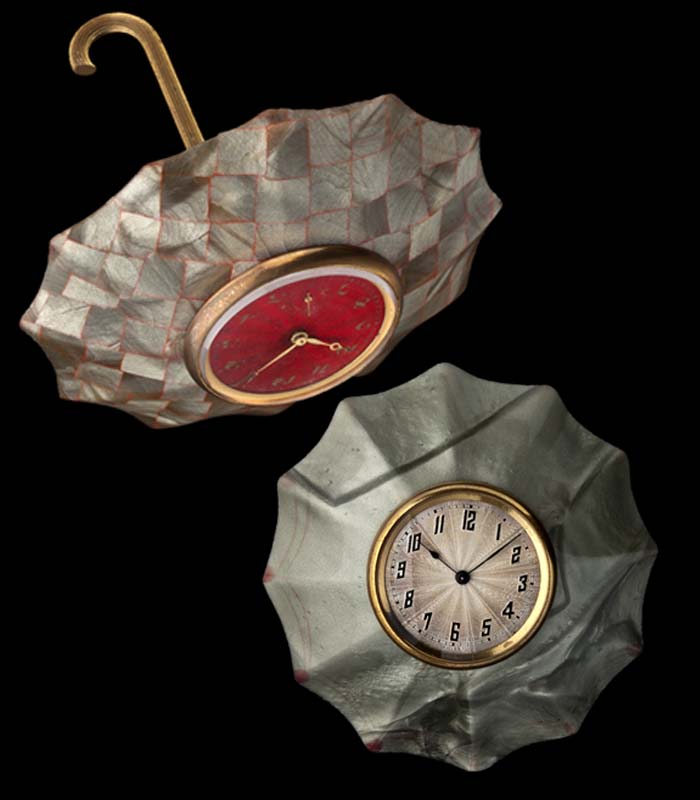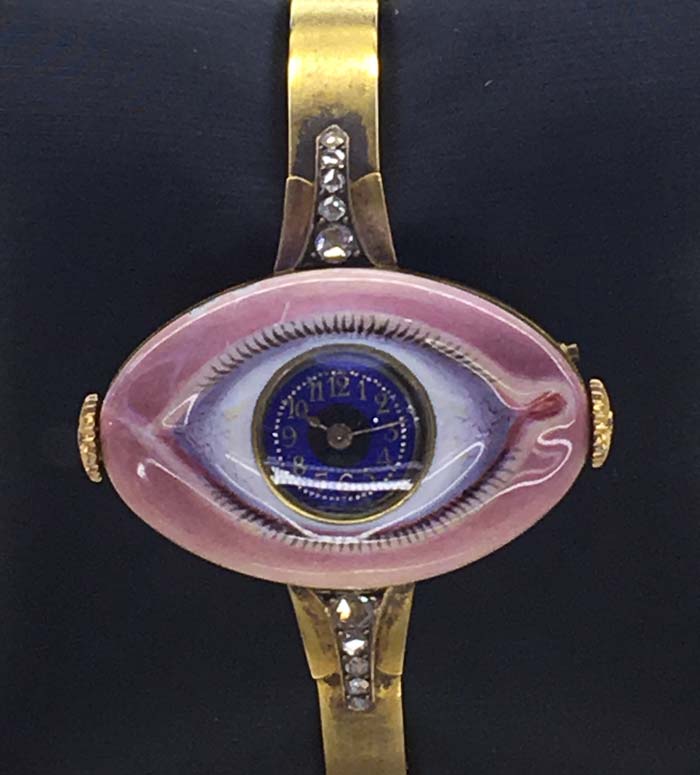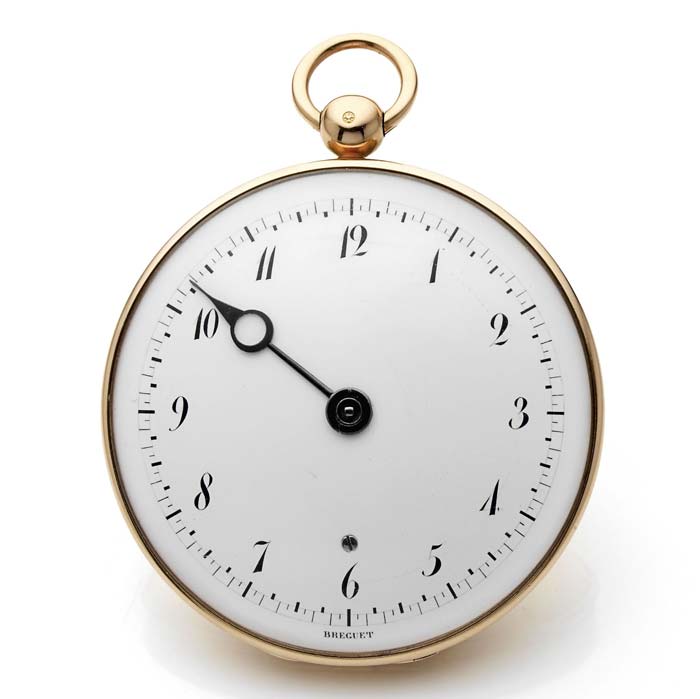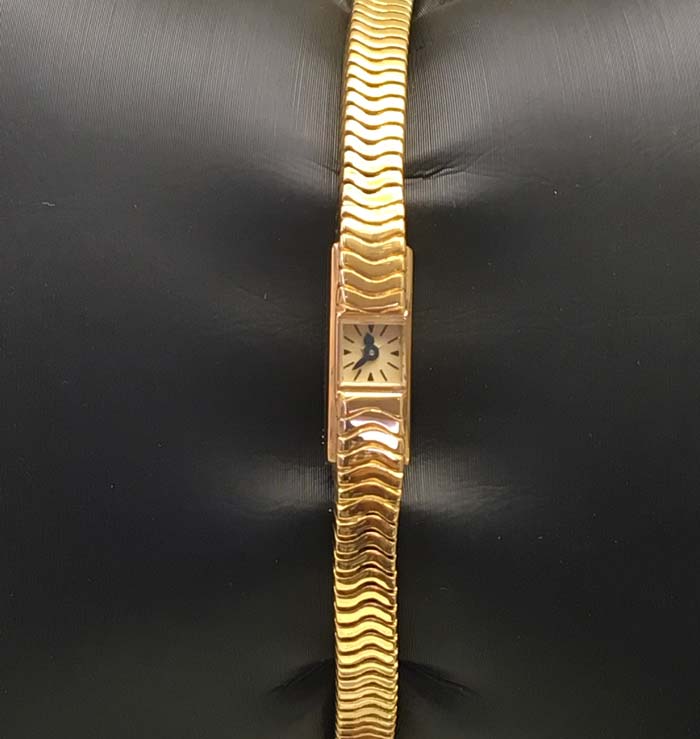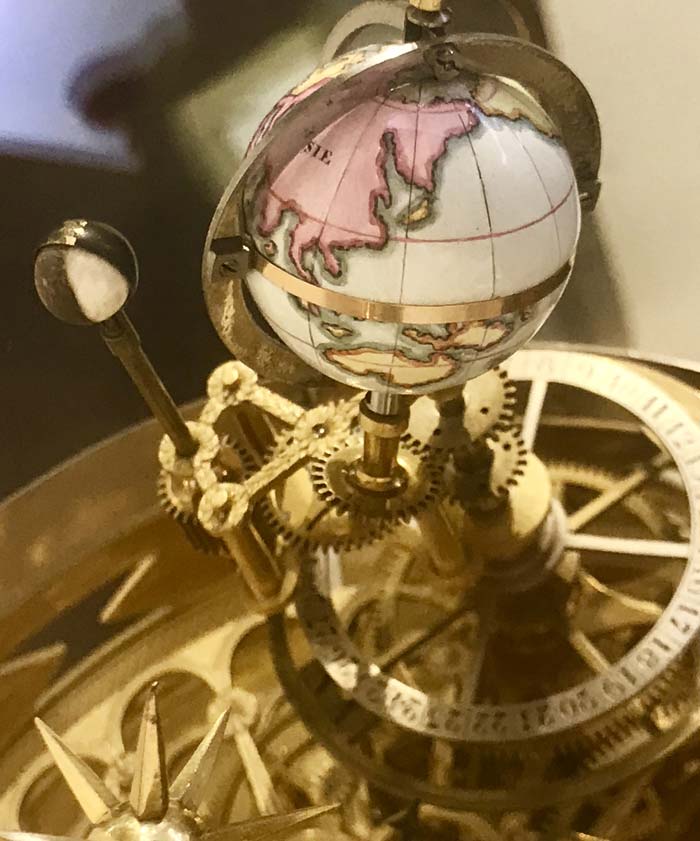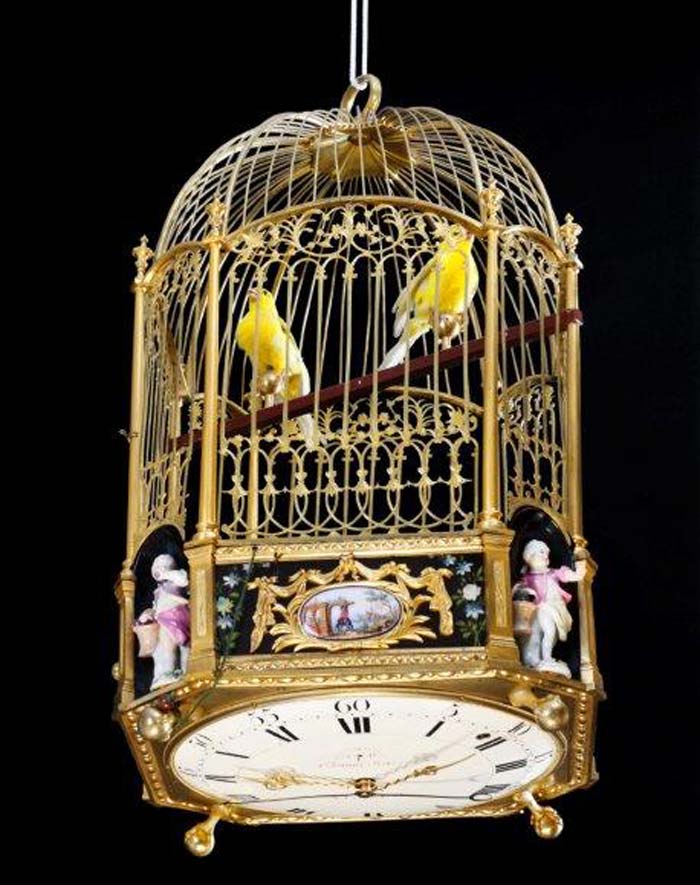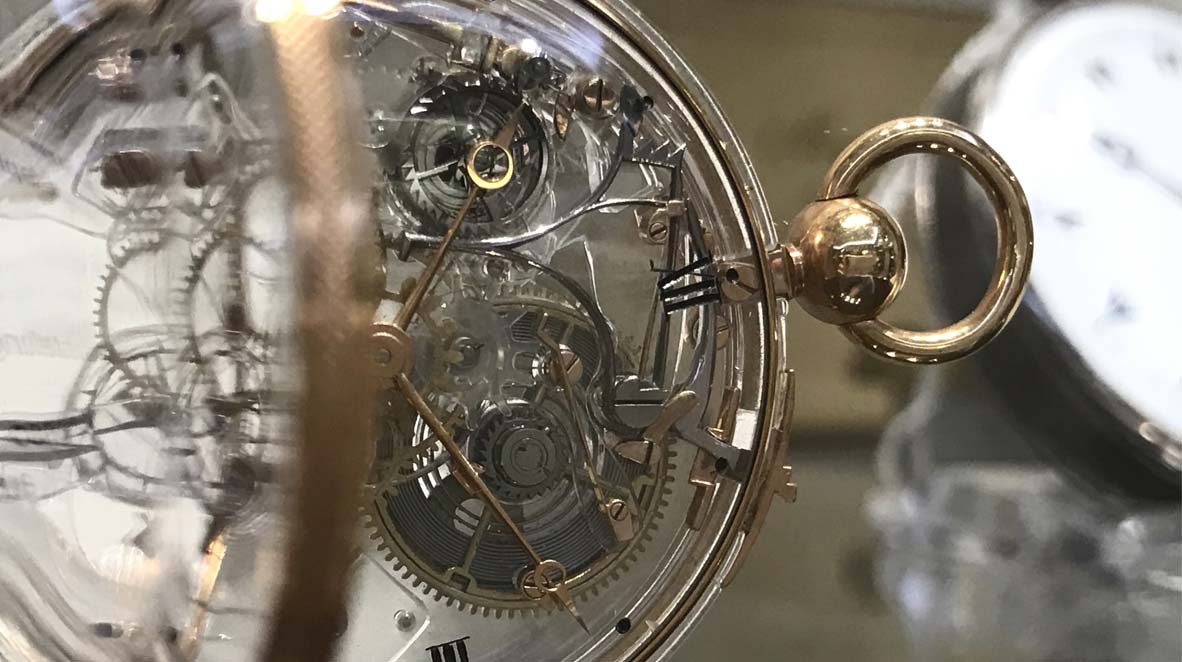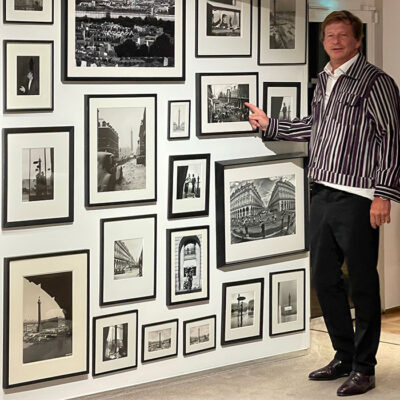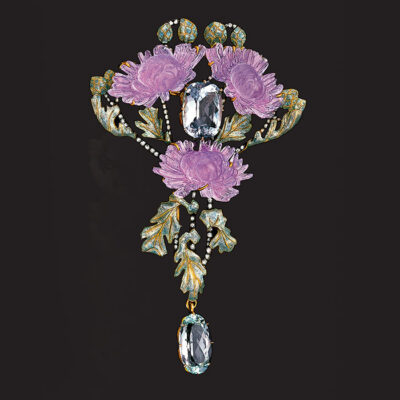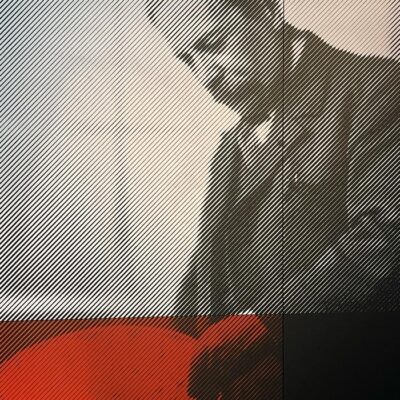Jewelers routes
13 August 2018
Share
The watchmaking wonders of the Beyer Museum
The Beyer Museum, owned by the Beyer family, a Swiss watch retailer – boasts a renowned collection of clocks, automatons and watches.
We enter the Beyer Museum, through the boutique, itself a genuine institution: multi-brand boutique in Switzerland, opened in 1760 and still in family hands. The 8th generation sells the biggest brands such as Rolex, Jaeger-LeCoultre, Audemars-Piguet, IWC or Patek Philippe and Rolex. Indeed, it is now the only boutique to house these two last manufacturers and formidable competitors, under the same roof.
Something for everyone
The Beyer museum, opened in 1971 by Théodore Beyer, is located in the basement of the boutique and is in the image of the latter: rather austere, without embellishment or special scenographic effects. At first you might think it is designed to appeal to specialists or highly informed amateurs. But even a neophyte can benefit from the displays and discover some truly fascinating stories, simply by using the tablet where each model is referenced or asking questions to the specialist whose role it is to welcome visitors. During my visit, this accessibility was amply proved by the enthusiastic reactions of many visitors, adults and children alike.
Chronological presentation
In the Beyer museum, the collection ranges from 1400 BC to the present day. The oldest models are basic time measuring instruments such as a candle on which the hours are graduated or an ivory sundial. The most recent include the Rolex Oyster Perpetual worn by Edmund Hillary during the first ascent of Everest or the Jaeger-LeCoultre model in gold (equipped with the 101 calibre, the smallest in the world) similar to that worn by the Queen of England on the day of her coronation. Lovers of feminine watches will appreciate the models with enamel decorations, those full of humour such as “L’œil de Dali” or even featuring a pair of umbrellas.
Major pieces
There are many such pieces, including a working 1522 bell clock, the first spring watches (replacing weights) and a series of Renaissance watches. Not to mention automata like the griffin or the cage with songbirds. Some Breguet models are also worth a visit, including the “Subscription watch”, the first mass-produced watch (700 units) each sold for 60 FF – the equivalent of the average annual salary in 1808 – or the “Sympathique Pendulum” consisting of a table clock and a pocket watch that can be inserted on the cabinet in order to reset it. Breguet is said to have made twelve: three still exist, including this one which belonged to Napoleon’s brother.
The Beyer museum may be specialised, but it is a treasure trove of fascinating stories.
Article related to this topic:


